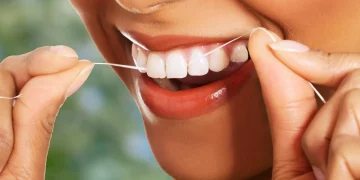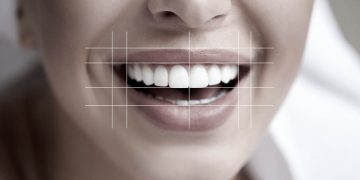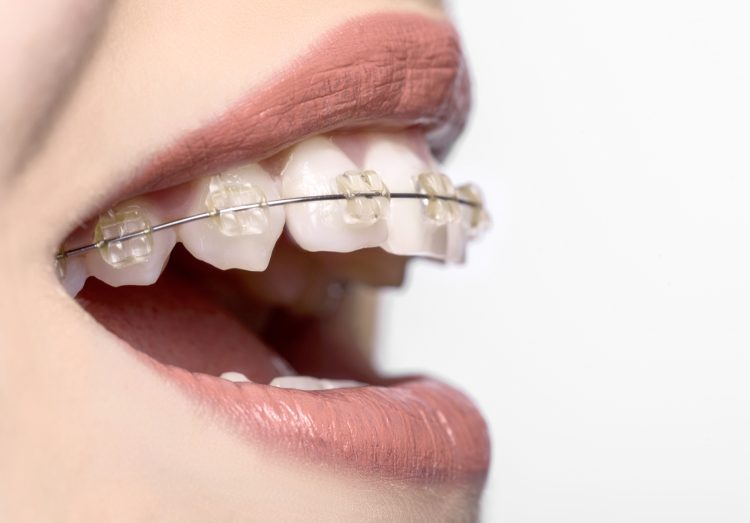Introduction
Orthodontics is an important technique in modern dentistry, aimed at adjusting the position and bite relationship of teeth through various methods to improve bite function and aesthetics. Misalignment of teeth not only affects aesthetics, but may also lead to difficulty chewing, oral hygiene issues, and decreased confidence. This article will delve into the necessity, common problems, prevention, and treatment methods of orthodontic treatment, helping readers to comprehensively understand and manage this issue and improve their quality of life.
Common problems with misaligned teeth
Tooth misalignment refers to the abnormal position of teeth on the dental arch, and common problems include:
- Crowding : teeth arranged too densely, resulting in some teeth overlapping or misaligned.
- Sparse : teeth arranged too sparsely, resulting in excessive gaps between teeth.
- Anterior protrusion : The anterior teeth protrude forward, commonly known as “protruding teeth”.
- Retraction : The front teeth contract backwards, causing the upper lip to sink inward.
- Inverted jaw : The lower front teeth are located in front of the upper front teeth, commonly known as “overbite”.
- Open jaw : The upper and lower front teeth should not come into contact during biting, creating an open space.
- Deep overbite : Excessive coverage of the lower front teeth by the upper front teeth can lead to abnormal bite relationships.
- Cross bite : Individual teeth have abnormal positions, leading to disrupted bite relationships.
The impact of misaligned teeth
Misalignment of teeth not only affects aesthetics, but may also lead to a series of physiological and psychological problems:
- Decreased chewing function : Misalignment of teeth leads to abnormal bite relationships, affecting the chewing and digestion of food.
- Oral hygiene issues : Crowded or sparse teeth make cleaning difficult, increase the accumulation of plaque and tartar, and increase the risk of periodontal disease and dental caries.
- Pronunciation issues : Misalignment of the front teeth may lead to unclear pronunciation, affecting language communication.
- Changes in facial appearance : Severe misalignment of teeth may lead to facial asymmetry, affecting facial contours and aesthetics.
- Psychological impact : Misalignment of teeth may lead to feelings of inferiority, anxiety, and social barriers, affecting selfconfidence and quality of life.
The necessity of orthodontic treatment
Orthodontics can not only improve bite function and aesthetics, but also help prevent and treat related problems:
- Improve bite function : By adjusting the position and bite relationship of teeth, restore normal chewing function and improve food digestion and absorption.
- Improving Aesthetics : Correcting teeth can improve facial contours, enhance the beauty of smiles, boost confidence and social skills.
- Preventing oral diseases : Correcting teeth can reduce the accumulation of dental plaque and tartar, and prevent periodontal disease and dental caries.
- Improving Pronunciation : Correcting front teeth can improve pronunciation and enhance the clarity of language communication.
- Prevention of temporomandibular joint disorders : Normal occlusion can help prevent temporomandibular joint disorders and reduce symptoms such as headaches and ear pain.
Methods of orthodontic treatment
There are various methods for orthodontic treatment, and suitable orthodontic appliances and techniques should be selected according to the specific situation of the patient
- Fixed braces :
Metal bracket : Traditional metal bracket braces adjust the position of teeth through metal brackets and archwires.
Ceramic bracket: A transparent or white ceramic bracket corrector with good aesthetics but high cost.
Self locking bracket : A bracket with a selflocking device that reduces friction and shortens correction time. - Invisible braces :
Transparent braces (such as Hidden Beauty): By using a series of transparent plastic braces, the position of teeth can be gradually adjusted, resulting in excellent aesthetics.
Tongue side aligner: Fix the bracket on the inside of the teeth, making it invisible from the outside. It has good aesthetics, but it is more comfortable and difficult to clean. - Functional orthodontic appliance :
Active orthodontic appliance : Suitable for children in their growth and development period, it guides the normal development of the jawbone and teeth through the use of an active orthodontic appliance.
Fixed functional orthodontic appliance: Combining the characteristics of fixed and movable orthodontic appliances, used for complex bite problems. - Surgical correction :
Orthognathic surgery: For severe abnormalities in jaw bone development, orthognathic surgery may be necessary in conjunction with orthodontic treatment to restore normal occlusion.
Prevention and precautions for orthodontic treatment
- Early screening :
Child screening : It is recommended that children undergo their first dental examination around the age of 6 to promptly detect and correct tooth misalignment.
Regular check ups : Conduct a comprehensive dental examination every six months to one year to promptly detect and treat early lesions. - Maintain good oral hygiene :
Correct brushing : Brush your teeth at least twice a day for at least two minutes each time, using a soft bristled toothbrush and fluoride toothpaste.
Use dental floss : Use dental floss or interdental brushes daily to clean the gaps between teeth and remove dental plaque.
Mouthwash : Use antibacterial mouthwash to reduce the number of bacteria in the mouth and prevent plaque formation. - Follow medical advice :
Regular Follow up : Follow the doctor’s advice for regular check ups to ensure the correct use and effectiveness of orthodontic appliances.
Use of retainers : After correction, wear retainers according to the doctor’s requirements to prevent tooth recurrence. - Pay attention to diet :
Avoid hard foods : Patients wearing fixed braces should avoid consuming hard foods such as nuts, ice cubes, etc. to prevent damage to the braces.
Reduce sticky foods : Avoid consuming sticky foods such as candy, chewing gum, etc., to prevent the braces from loosening.
Conclusion
Orthodontics is an effective means of improving bite function and aesthetics. By adjusting the position and bite relationship of teeth, it can not only improve the quality of life, but also prevent and treat related problems. I hope this article can help readers better understand the necessity and methods of orthodontic treatment, take appropriate preventive and therapeutic measures, and protect their own and their family’s dental health. Through comprehensive management and timely treatment, we can have neat teeth and a perfect smile, enjoying a healthy and comfortable oral life.













































Discussion about this post